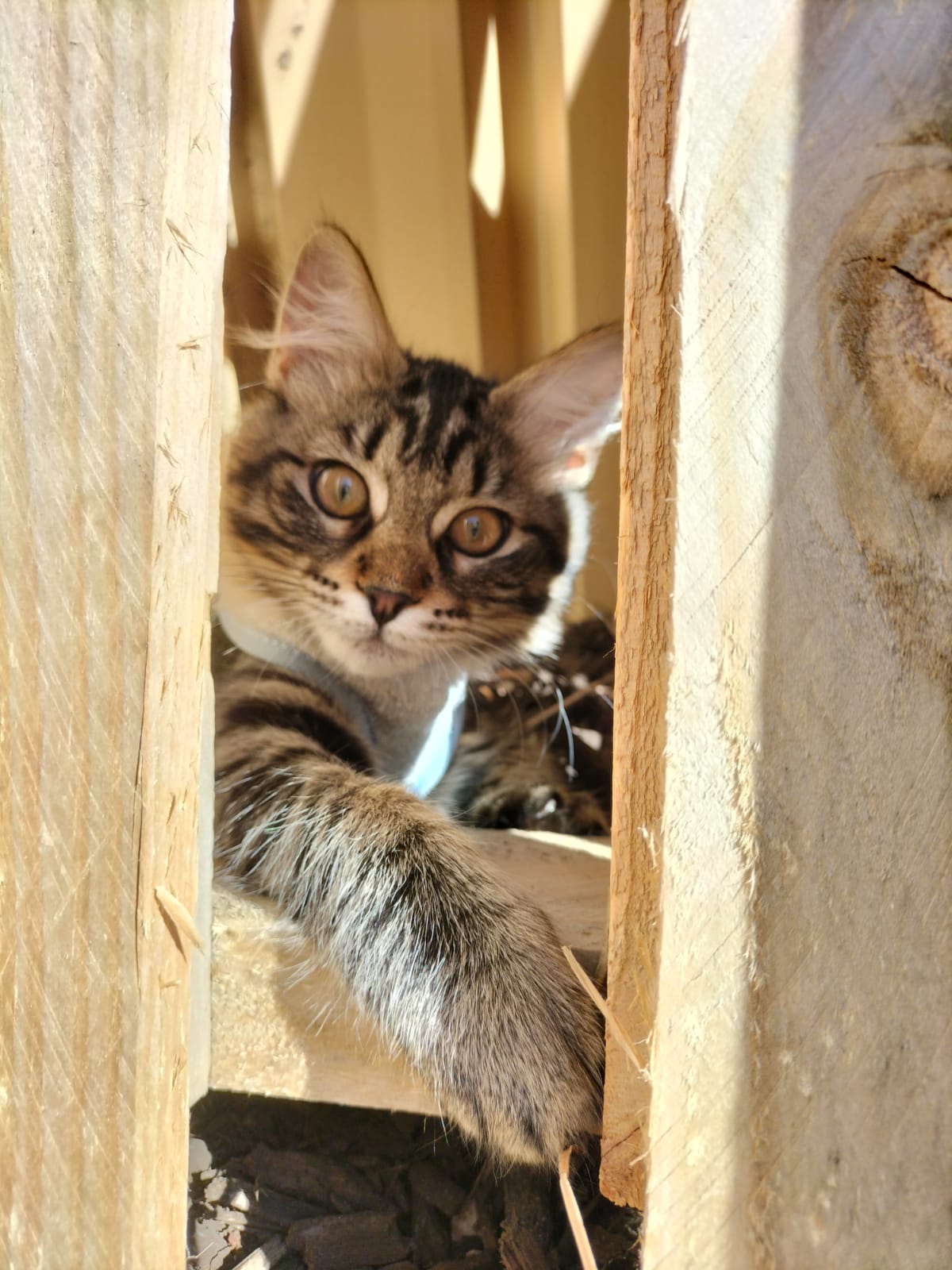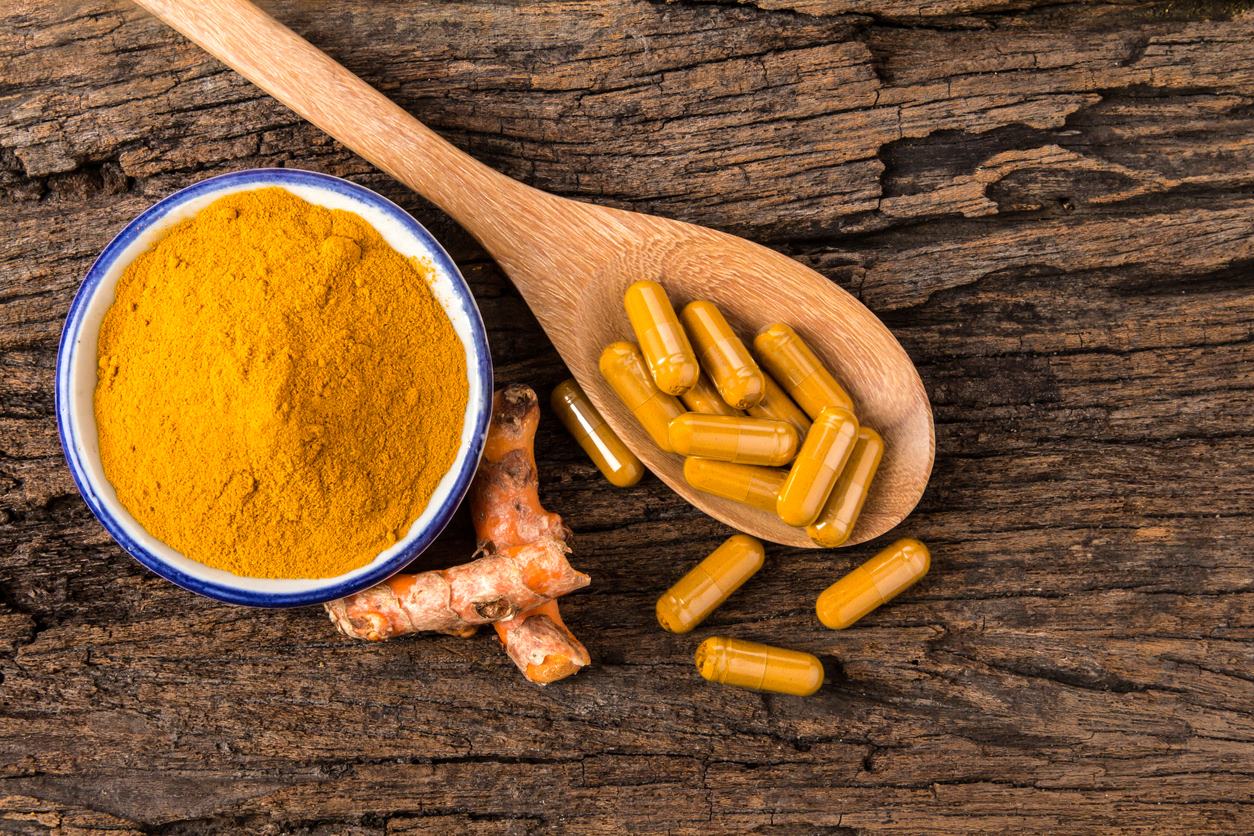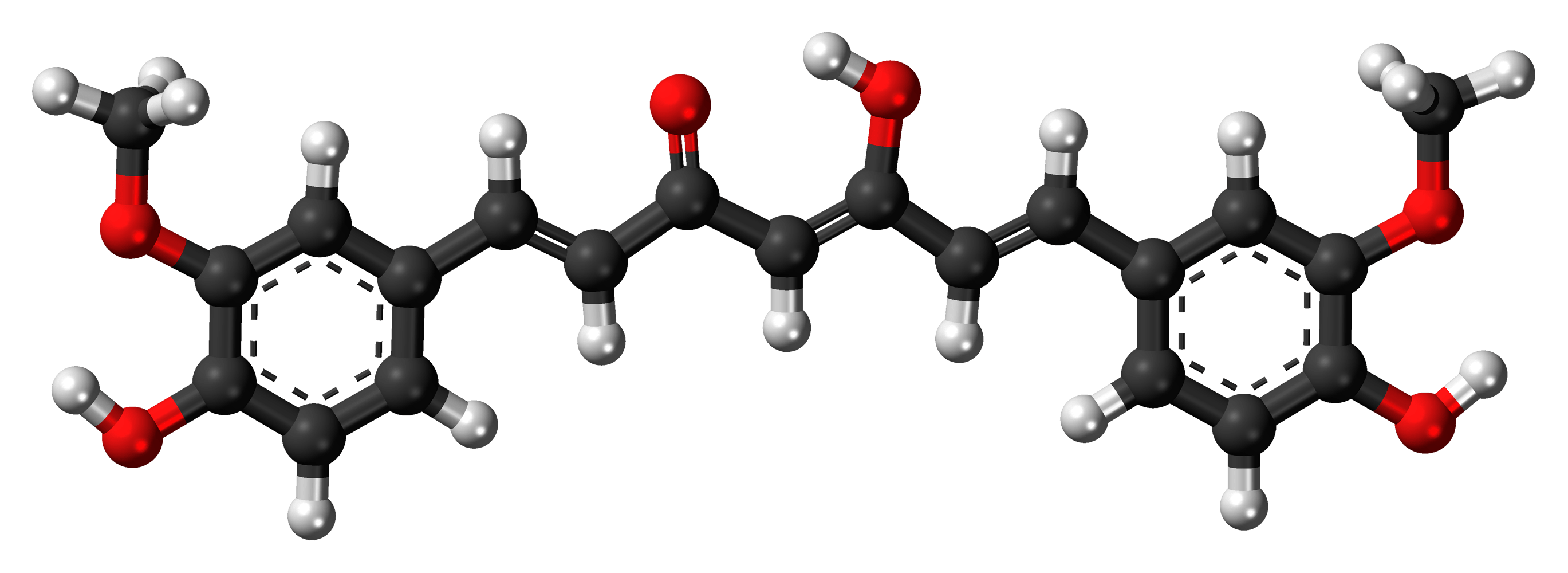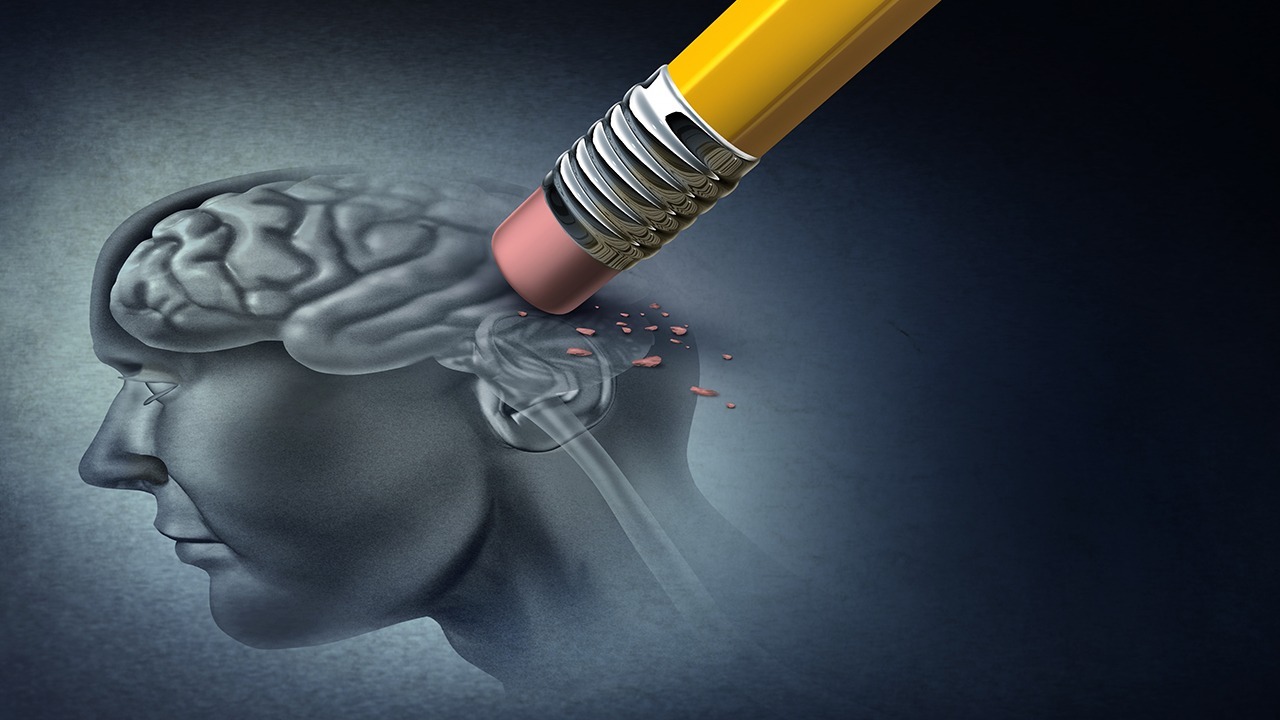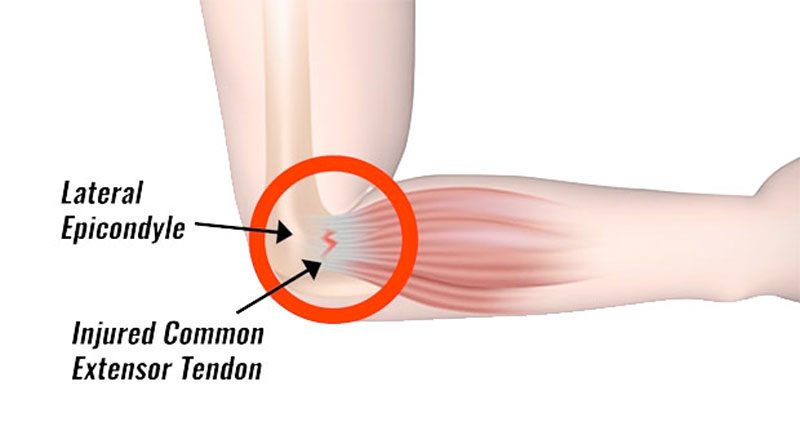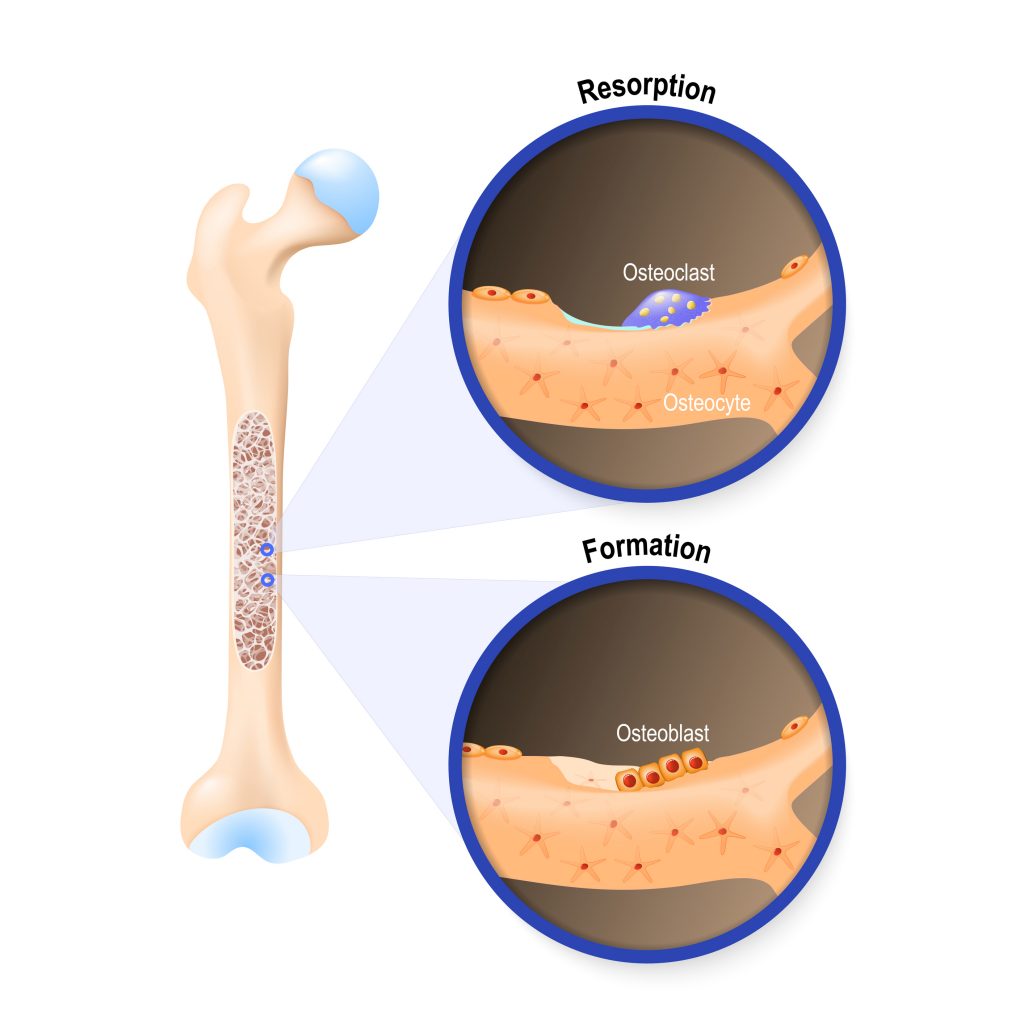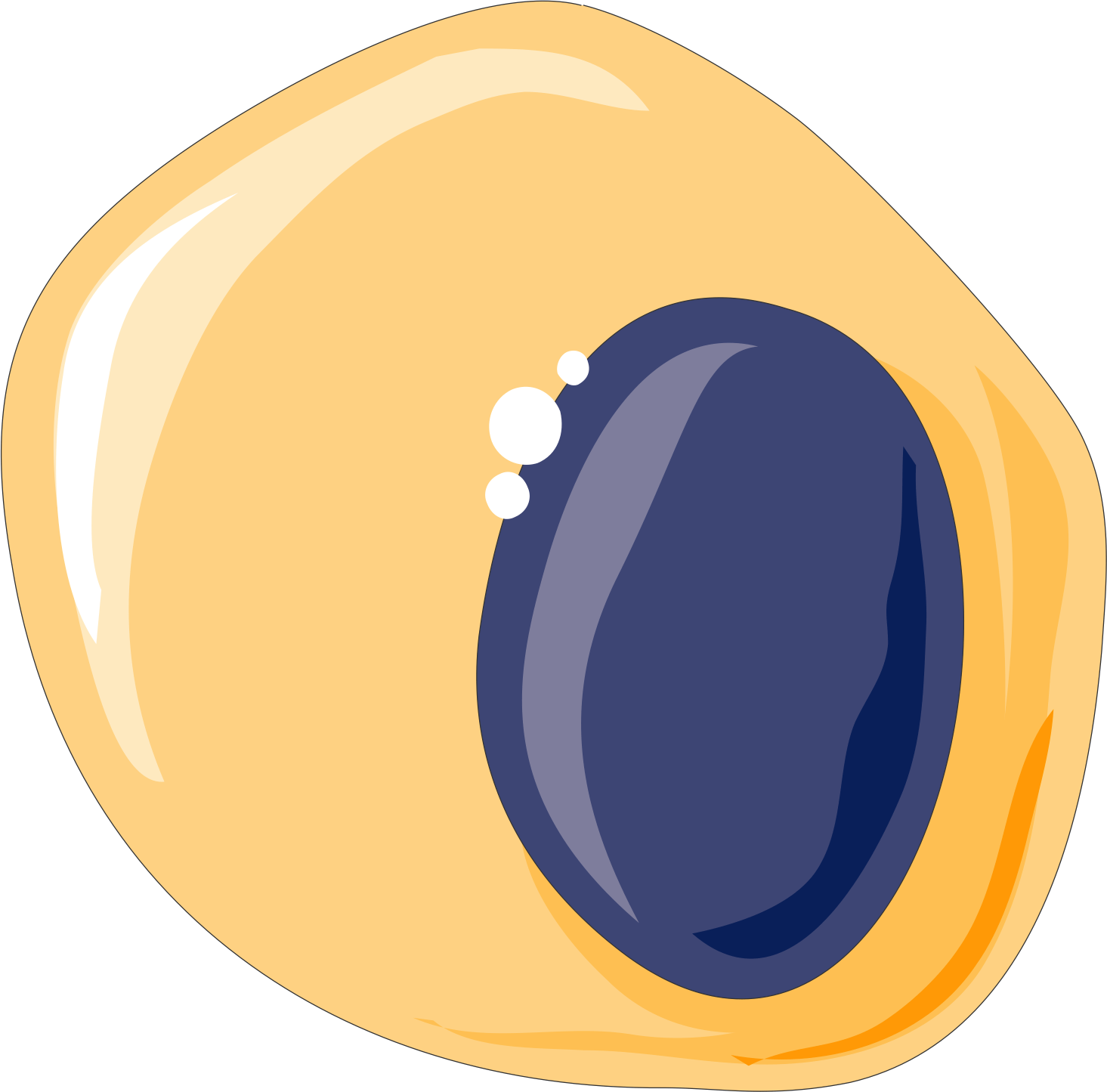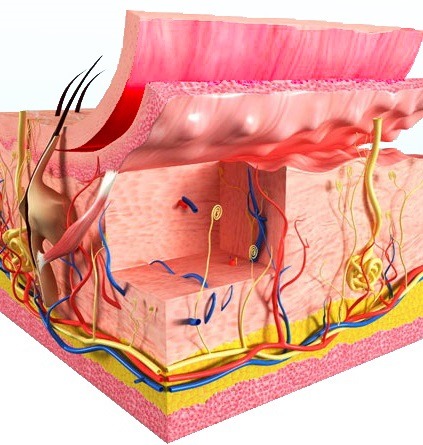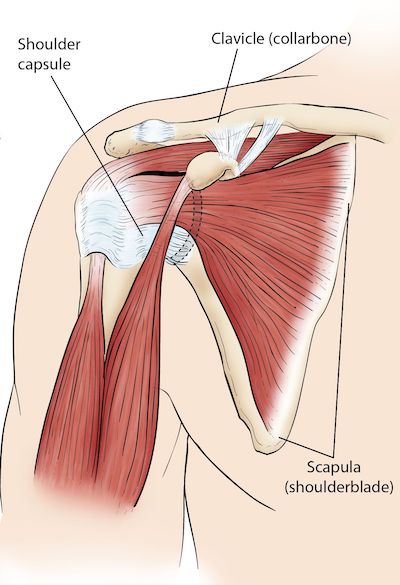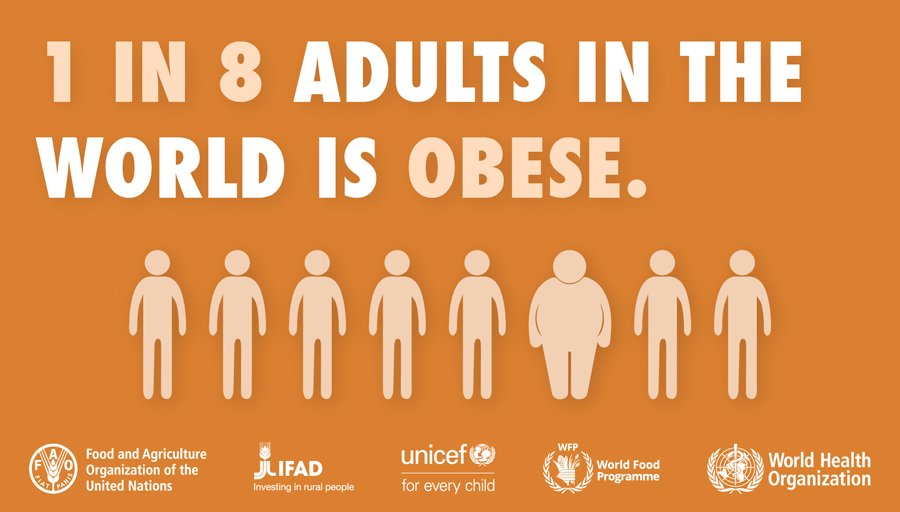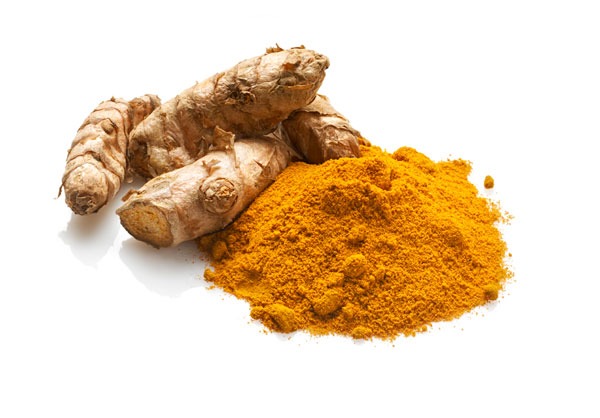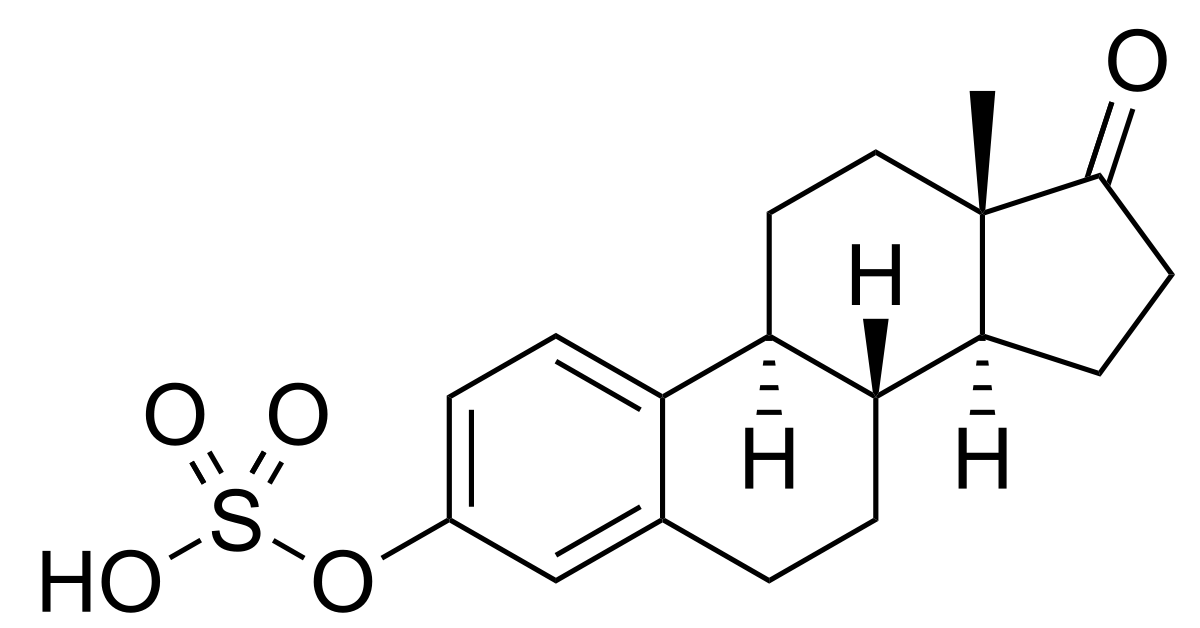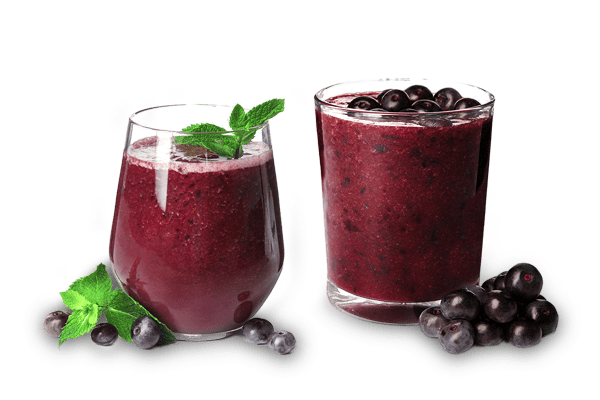Turmeric/Curcumin for Cats
Turmeric (Curcuma longa) is part of the ginger family. The rhizomes or creeping roots of the plant have been used as a spice, perfume, cosmetics, and dye for thousands of years in parts of Asia. It's also been widely used in Ayurveda and Chinese traditional medicine for centuries. Like ginger, turmeric is an antibacterial, antifungal, and antiviral spice that has many healing properties and is known to primarily help as an anti-inflammatory or antioxidant. Be cautious about the quality of the turmeric you're buying and using. The main active ingredient in turmeric which gives it its therapeutic effect is called curcumin. Powders are
Reduced Collagen and Vitamin C Concentration Increases Risk of Miscarriages
Medical studies have shown a correlation between low Collagen levels and low Vitamin C and premature rupture of the amnionic sac during pregnancy. Rupturing of the amniotic sac, known colloquially as “breaking the water” occurs ideally at full term either during labor or at the onset of labor. A premature rupture of membranes (PROM) is a rupture of the amniotic sac that occurs prior to the onset of labor and 37 weeks before gestation. Why is premature rupture of membranes a concern? PROM is a complicated factor in as many as one-third of premature births. A significant risk of
Would you like to see what’s happening inside your Brain?
If you are one of the ever-increasing sufferers of anxiety and depression, wouldn’t it be comforting to actually see what is actually happening inside your brain? I am referring to a pathology test that measures the status of many of the main neurotransmitters in the brain. In simple terms, neurotransmitters are often described as chemical messengers in the body. They are particularly important in your brain and are responsible for controlling energy levels, how we cope with stress, moods, and cognitive function. If you suffer from depression and/or anxiety then almost always there will be at least one (and most
Mucosal Immunity…Our First Line of Defense
If you are prone to colds, flu, sinus conditions, hay fever, lung infections, allergies, IBS, and abdominal bloating, you are mostly experiencing a mucosal immunity problem. Our immune system is a complex and amazing network of organs, glands, proteins, and cells that defend the body against bacteria, viruses, parasites, and allergens. There are many parts of the immune system that allow it to be so diverse in its actions. When our immune system is run down, we are prone to viral and bacterial infections. When our immune system is overactive, we are prone to allergies. When our immune system
Leaky Gut Syndrome and the Covid-19 Viral Infection
There is increasing evidence that the COVID-19 infection can disrupt the integrity of the intestinal gut barrier. The intestinal gut barrier lines the walls of our intestines and allows beneficial nutrients to be absorbed into the bloodstream. At the same time, it prevents unhealthy bugs and toxins from being absorbed. Like other infections that occur in the bowel, COVID-19 is thought to damage the gut barrier by reducing the amount and diversity of protective beneficial bacteria. These “good bugs” are important for digestion, detoxification, the production of serotonin for the brain, and maintaining the integrity of the immune system. Commonly
Studies Show Chinese Medicine Safe and Effective for the Treatment of Psoriasis
Although not fully understood, psoriasis is caused by the overproduction of cells in the outer layer of the skin. The immune system goes into overdrive and instead of new skin cells being produced every 28 to 30 days, people with psoriasis grow new skin cells every 3 to 4 days. In fact, this rapid rate of skin cell production accelerates the rate of wound healing even in areas of the skin where there is no psoriasis. Psoriasis is not contagious and is characterised by raised areas of abnormal dry, itchy, and scaly skin as the overproduction of skin cells piles
How Chinese Medicine really works – The Qi / Meridian Model Debunked
The mechanisms of acupuncture and Chinese herbal medicine are often poorly understood in the West. This is partly due to poor translations and also the difficulty in finding appropriate and equivalent English words to express often nuanced Chinese concepts. Since much of Chinese Medicine nomenclature is actually based on metaphors, empiricism, and observations over many centuries, it is often unrealistic and unfair to expect to be able to accurately translate these concepts into Western Medicine parlance. Some would argue that the model of Chinese Medicine justifiably can stand on its own without the need to be understood by a different
“Spicing up” of the immune system by curcumin
Jagetia GC, Aggarwal BB. Cytokine Research Laboratory, Department of Experimental Therapeutics, The University of Texas M. D. Anderson Cancer Center, Houston, Texas 77030, USA. Abstract Curcumin (diferuloylmethane) is an orange-yellow component of turmeric (Curcuma longa), a spice often found in curry powder. Traditionally known for its an antiinflammatory effects, curcumin has been shown in the last two decades to be a potent immunomodulatory agent that can modulate the activation of T cells, B cells, macrophages, neutrophils, natural killer cells, and dendritic cells. Curcumin can also downregulate the expression of various proinflammatory cytokines including TNF, IL-1, IL-2, IL-6, IL-8, IL-12, and
Immunomodulatory activity of curcumin: suppression of lymphocyte proliferation, development of cell-mediated cytotoxicity, and cytokine production in vitro
Gao X, Kuo J, Jiang H, Deeb D, Liu Y, Divine G, Chapman RA, Dulchavsky SA, Gautam SC. Division of Surgical Research, Department of Surgery, Henry Ford Health System, One Ford Place-4D, Detroit, MI 48202, USA. Abstract Curcumin (diferuloylmethane), a major curcumanoid found in the spice turmeric, exhibits anti-inflammatory, anti-oxidant, and chemopreventive activities. However, the effect of curcumin on the development of T cell-mediated immunological responses largely remains unknown. In this study we have investigated the effect of curcumin on mitogen/antigen induced proliferation of splenic lymphocytes, induction of cytotoxic T lymphocytes (CTLs), lymphokine activated killer (LAK) cells, and the production
Critically attained threshold of cerebral hypoperfusion: can it cause Alzheimer’s disease?
de la Torre JC. Source Department of Neurosciences, University of California, San Diego, La Jolla 92093, USA. jdelator@ucsd.edu Abstract After nearly a century of inquiry, the cause of sporadic Alzheimer's disease (AD) remains to be found. On the subject of AD pathogenesis, recent basic and clinical evidence strongly argues in favor of the concept that AD is linked to brain circulatory pathology. This concept, when viewed from many different medical disciplines and from close pre-morbid similarities to vascular dementia, assembles and hypothetically explains most of the key pathologic events associated with the development of AD. These pathologic events are triggered
Treatment of medial and lateral epicondylitis–tennis and golfer’s elbow–with low level laser therapy: a multicenter double blind, placebo-controlled clinical study on 324 patients
Simunovic Z, Trobonjaca T, Trobonjaca Z. Laser Center, Locarno, Switzerland. tzlatko@mamed.medri.hr Abstract BACKGROUND AND OBJECTIVE: Among the other treatment modalities of medial and lateral epicondylitis, low level laser therapy (LLLT) has been promoted as a highly successful method. The aim of this clinical study was to assess the efficacy of LLLT using trigger points (TPs) and scanner application techniques under placebo-controlled conditions. STUDY DESIGN/MATERIAL AND METHODS: The current clinical study was completed at two Laser Centers (Locarno, Switzerland and Opatija, Croatia) as a double-blind, placebo controlled, crossover clinical study. The patient population (n = 324), with either medial epicondylitis (Golfer's
Superpulsed laser irradiation increases osteoblast activity via modulation of bone morphogenetic factors
Saracino S, Mozzati M, Martinasso G, Pol R, Canuto RA, Muzio G. Department of Experimental Medicine and Oncology, University of Turin, Corso Raffaello 30, 10125 Turin, Italy. Abstract BACKGROUND AND OBJECTIVE: Laser therapy is a new approach applicable in different medical fields when bone loss occurs, including orthopedics and dentistry. It has also been used to induce soft-tissue healing, for pain relief, bone, and nerve regeneration. With regard to bone synthesis, laser exposure has been shown to increase osteoblast activity and decrease osteoclast number, by inducing alkaline phosphatase (ALP), osteopontin, and bone sialoprotein expression. Studies have investigated the effects of
Low-level laser irradiation enhances BMP-induced osteoblast differentiation by stimulating the BMP/Smad signaling pathway
Hirata S, Kitamura C, Fukushima H, Nakamichi I, Abiko Y, Terashita M, Jimi E. Division of Molecular Signaling and Biochemistry, Department of Biosciences, Kyushu Dental College, 2-6-1 Manazuru, Kokurakita-ku, Kitakyushu, Fukuoka 803-8580, Japan. Abstract Low-level laser irradiation (LLLI) has been shown to induce bone formation and osteoblast differentiation both in vivo and in vitro. However, the molecular mechanism by which LLLI stimulates osteoblast differentiation is still unclear. The aim of the present study was to examine whether Ga-Al-As laser irradiation could enhance BMP2-induced alkaline phosphatase (ALP) activity in C2C12 cells. Laser irradiation at 0.5 W for 20 min enhanced BMP2-induced
Effect of multiple exposures of low-level laser therapy on the cellular responses of wounded human skin fibroblasts
Photomed Laser Surg. 2006 Dec;24(6):705-14. Effect of multiple exposures of low-level laser therapy on the cellular responses of wounded human skin fibroblasts. Hawkins D, Abrahamse H. Laser Research Unit, Group of Health Sciences, University of Johannesburg, Doornfontein, Johannesburg, South Africa. Abstract OBJECTIVE: This study aimed to establish the behavior of wounded human skin fibroblasts (HSF) after heliumneon (HeNe) (632.8 nm) laser irradiation using one, two, or three exposures of different doses, namely, 2.5, 5.0, or 16.0 J/cm(2) on each day for 2 consecutive days. BACKGROUND DATA: Low-level laser therapy (LLLT) is a form of phototherapy used to promote wound healing
Photobiomodulation of pain in carpal tunnel syndrome: review of seven laser therapy studies
Naeser MA. Department of Neurology, Boston University School of Medicine, MA 02130, USA. mnaeser@bu.edu Abstract In this review, seven studies using photoradiation to treat carpal tunnel syndrome (CTS) are discussed: two controlled studies that observed real laser to have a better effect than sham laser, to treat CTS; three openprotocol studies that observed real laser to have a beneficial effect to treat CTS; and two studies that did not observe real laser to have a better effect than a control condition, to treat CTS. In the five studies that observed beneficial effect from real laser, higher laser dosages (9 Joules,
Frozen shoulder: the effectiveness of conservative and surgical interventions–systematic review
Br J Sports Med. 2011 Jan;45(1):49-56. doi: 10.1136/bjsm.2010.071431. Epub 2010 Jul 20. Frozen shoulder: the effectiveness of conservative and surgical interventions--systematic review. Favejee MM, Huisstede BM, Koes BW. Department of Rehabilitation Medicine, Erasmus University Medical Center, Rotterdam, The Netherlands. Abstract BACKGROUND: A variety of therapeutic interventions is available for restoring motion and diminishing pain in patients with frozen shoulder. An overview article concerning the evidence for the effectiveness of these interventions is lacking. OBJECTIVE: To provide an evidence-based overview regarding the effectiveness of conservative and surgical interventions to treat the frozen shoulder. METHODS: The Cochrane Library, PubMed, Embase, Cinahl and
Efficacy of low-level laser therapy in the management of neck pain: a systematic review and meta-analysis of randomised placebo or active-treatment controlled trials
Dr Roberta T Chow MBBS a , Prof Mark I Johnson PhD b, Prof Rodrigo AB Lopes-Martins PhD c, Prof Jan M Bjordal PT d e Summary Background Neck pain is a common and costly condition for which pharmacological management has limited evidence of efficacy and side-effects. Low-level laser therapy (LLLT) is a relatively uncommon, non-invasive treatment for neck pain, in which non-thermal laser irradiation is applied to sites of pain. We did a systematic review and meta-analysis of randomised controlled trials to assess the efficacy of LLLT in neck pain. Methods We searched computerised databases comparing efficacy of LLLT
Controlling the global obesity epidemic
The challenge At the other end of the malnutrition scale, obesity is one of today’s most blatantly visible – yet most neglected – public health problems. Paradoxically coexisting with undernutrition, an escalating global epidemic of overweight and obesity – “globesity” – is taking over many parts of the world. If immediate action is not taken, millions will suffer from an array of serious health disorders. Obesity is a complex condition, one with serious social and psychological dimensions, that affects virtually all age and socioeconomic groups and threatens to overwhelm both developed and developing countries. In 1995, there were an estimated
Studies of gene variants related to inflammation, oxidative stress, dyslipidemia, and obesity: implications for a nutrigenetic approach.
Abstract Obesity is currently considered a serious public health issue due to its strong impact on health, economy, and quality of life. It is considered a chronic low-grade inflammation state and is directly involved in the genesis of metabolic disturbances, such as insulin resistance and dyslipidemia, which are well-known risk factors for cardiovascular disease. Furthermore, there is evidence that genetic variation that predisposes to inflammation and metabolic disturbances could interact with environmental factors, such as diet, modulating individual susceptibility to developing these conditions. This paper aims to review the possible interactions between diet and single-nucleotide polymorphisms (SNPs) in genes implicated
The effect of curcumin (turmeric) on Alzheimer’s disease: An overview
Abstract This paper discusses the effects of curcumin on patients with Alzheimer's disease (AD). Curcumin (Turmeric), an ancient Indian herb used in curry powder, has been extensively studied in modern medicine and Indian systems of medicine for the treatment of various medical conditions, including cystic fibrosis, haemorrhoids, gastric ulcer, colon cancer, breast cancer, atherosclerosis, liver diseases and arthritis. It has been used in various types of treatments for dementia and traumatic brain injury. Curcumin also has a potential role in the prevention and treatment of AD. Curcumin as an antioxidant, anti-inflammatory and lipophilic action improves the cognitive functions in patients
Equine estrogens impair nitric oxide production and endothelial nitric oxide synthase transcription in human endothelial cells compared with the natural 17{beta}-estradiol.
Abstract Conjugated equine estrogen therapy is the most common hormone replacement strategy used to treat postmenopausal women. However, the ability of an individual conjugated equine estrogen to modulate NO production and, therefore, to induce cardiovascular protection is largely unknown. The effects of equine and naturally occurring estrogens on NO generation were evaluated in human aortic endothelial cells by measuring in vivo NO production, as well as NO synthase (eNOS) activity and expression. The transcriptional activity on the eNOS gene was determined by the ability of estrogen receptors (alpha and beta) to activate the eNOS promoter and induce transcription. Docking and
Nobel Laureate Endorses Biomedical Intervention at Autism One Conference, 2012
This Year's Autism One conference (held over 5 days in Chicago as always) was as large and impressive as ever with 8 tracks, 126 speakers and over a thousand parents and professionals racing to 172 lectures on treatments that have the potential to recover their children from Autism. This year was especially noteworthy as it featured French Nobel Laureate Dr Luc Montagnier, who won a Nobel prize in 2008 for co-discovering HIV. Monsieur Montagnier presented clinical findings from his French team who has found Autism to be treatable and language and socialisation gains to be profound by treating bacterial infections
Superfoods – Berries & Other Fruits
SUPERFOODS – BERRIES & OTHER SUPER FRUITS By Frances Dalton Naturopath, Herbalist, Nutritionist Adding more salads and vegetables to your child's diet is important for restoring or maintaining health, however there is mounting concern about the quality of our food. Soils are becoming depleted of essential minerals, the use of farming practices like factory farming, the emergence of genetic modification & the heavy use of pesticides, herbicides & antibiotics mean that good food may not be enough. (I highly recommend "The Great Food Gamble" by John Humphrys if you would like to read more on this topic) With this in
Pain reduction and improvement in range of motion after daily consumption of an açai (Euterpe oleracea Mart.) pulp-fortified polyphenolic-rich fruit and berry juice blend.
Abstract Dietary interventions involving antioxidants are of interest for reducing inflammation, improving joint motion, and altering pain perception. We evaluated the effect of oral consumption of a fruit and berry blend on pain and range of motion (ROM). This open-label clinical pilot study involved 14 study participants with limitations in ROM that was associated with pain and affected daily living. Participants included but were not limited to those with age-related osteoarthritis. Study participants consumed 120 mL MonaVie Active® fruit juice, predominantly containing açai pulp (Euterpe oleracea Mart.) and other fruit concentrates, daily for 12 weeks. Study participants were assessed at
Nasal Acai polysaccharides potentiate innate immunity to protect against pulmonary Francisella tularensis and Burkholderia pseudomallei Infections.
Abstract Pulmonary Francisella tularensis and Burkholderia pseudomallei infections are highly lethal in untreated patients, and current antibiotic regimens are not always effective. Activating the innate immune system provides an alternative means of treating infection and can also complement antibiotic therapies. Several natural agonists were screened for their ability to enhance host resistance to infection, and polysaccharides derived from the Acai berry (Acai PS) were found to have potent abilities as an immunotherapeutic to treat F. tularensis and B. pseudomallei infections. In vitro, Acai PS impaired replication of Francisella in primary human macrophages co-cultured with autologous NK cells via augmentation of

